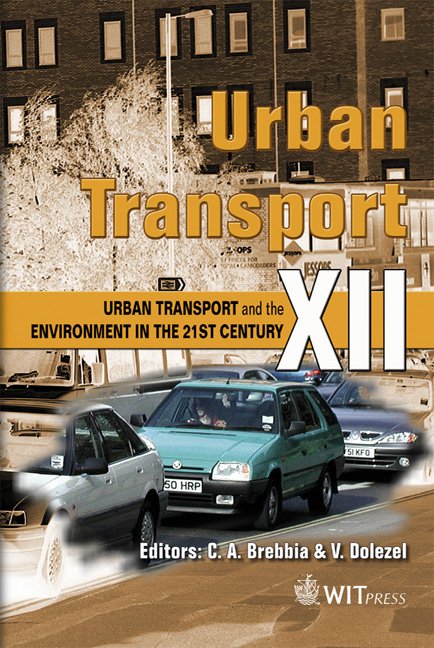Role Of Microsimulation In Evaluating Intelligent Transportation Systems Applications In Urban Transportation
Price
Free (open access)
Transaction
Volume
89
Pages
10
Published
2006
Size
611 kb
Paper DOI
10.2495/UT060701
Copyright
WIT Press
Author(s)
A. M. Khan, J. Armstrong & A. Munir
Abstract
Given the complexity and novel aspects of ITS-based measures for transportation network improvements, traditional macroscopic travel analysis models are of limited utility for assessing project benefits and costs. To fully capture the operational-level impacts of such technologies, a microsimulation approach is required. This paper describes the use of microsimulation techniques for studying the relative effectiveness of alternatives that include ITS applications. To illustrate the methodology, a case study involving the transportation network in Ottawa, Canada is presented. The paper is divided into five parts. First, mobility issues and the need for innovative solutions are introduced. Second, the transportation network in Ottawa is described and potential initiatives for addressing traffic congestion are noted, including demand reduction, freeway capacity expansion, and selected ITS measures. Third, the microsimulation-based modelling methodology is defined which was used to test improvement scenarios. Results from the various micro-simulation runs are then presented in terms of selected measures-of-effectiveness. Finally, conclusions drawn from the case study are presented. Keywords: urban transportation, intelligent transportation systems, microsimulation, freeway-arterial integrated network, transportation management, evaluation.
Keywords
urban transportation, intelligent transportation systems, microsimulation, freeway-arterial integrated network, transportation management, evaluation.





